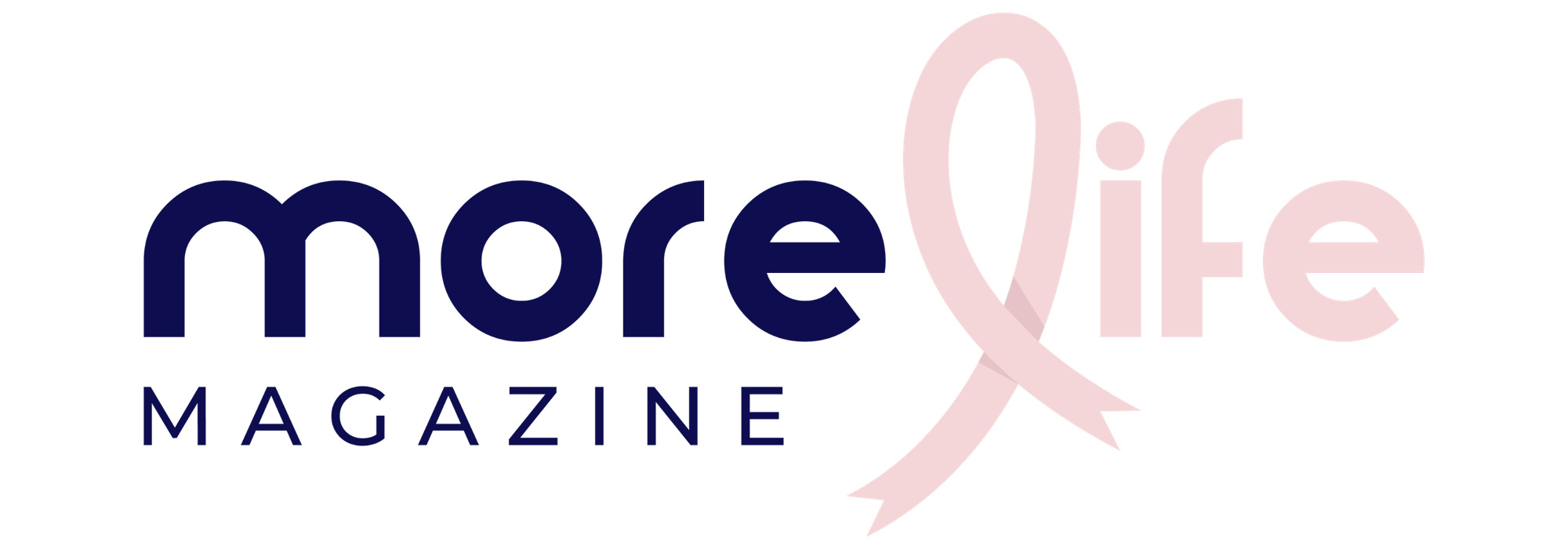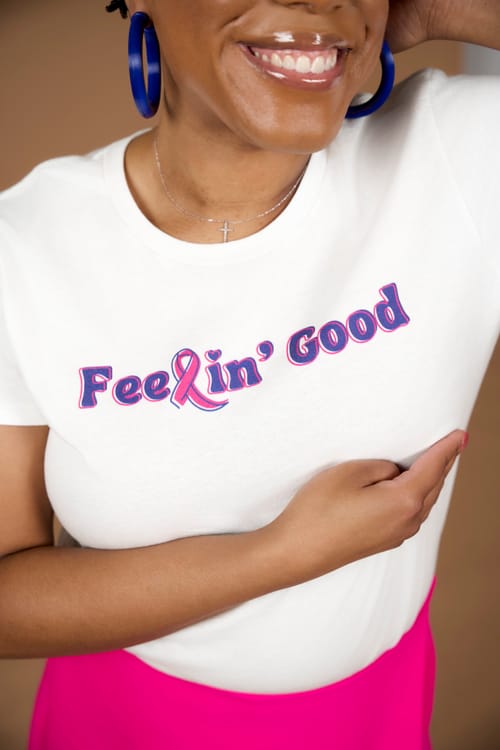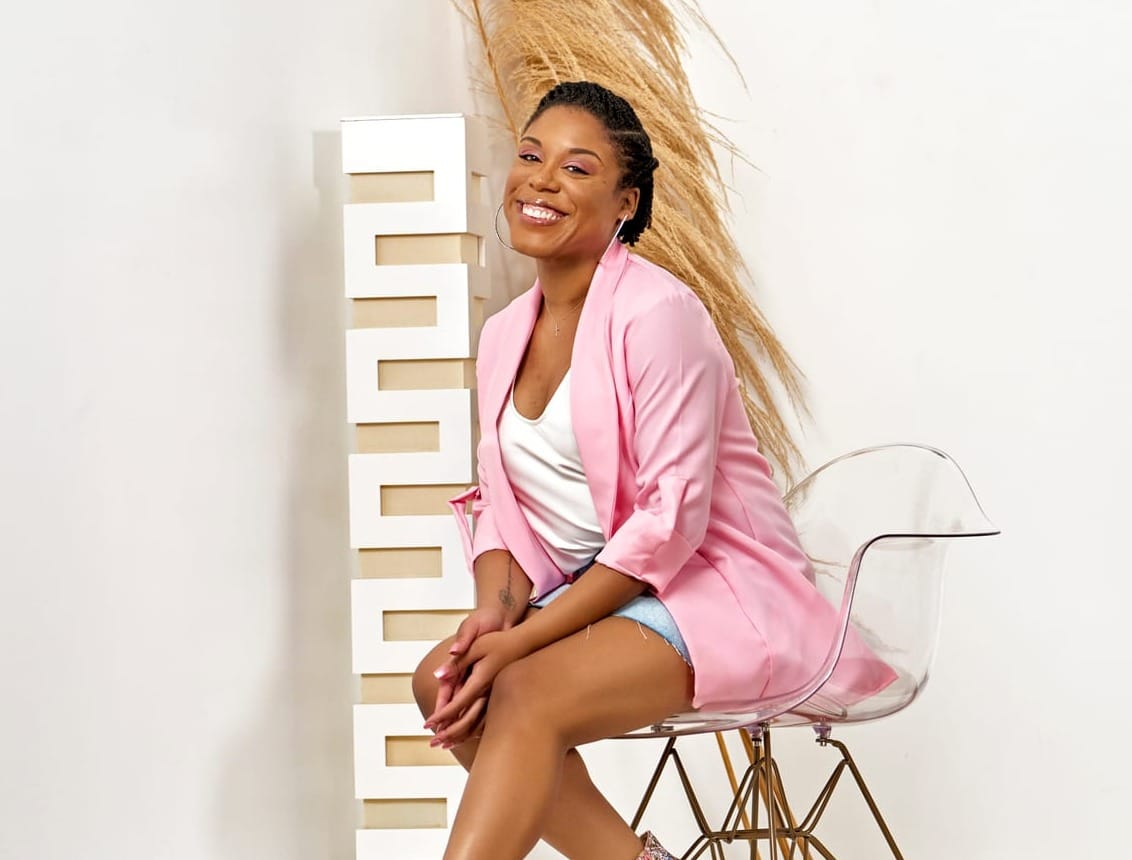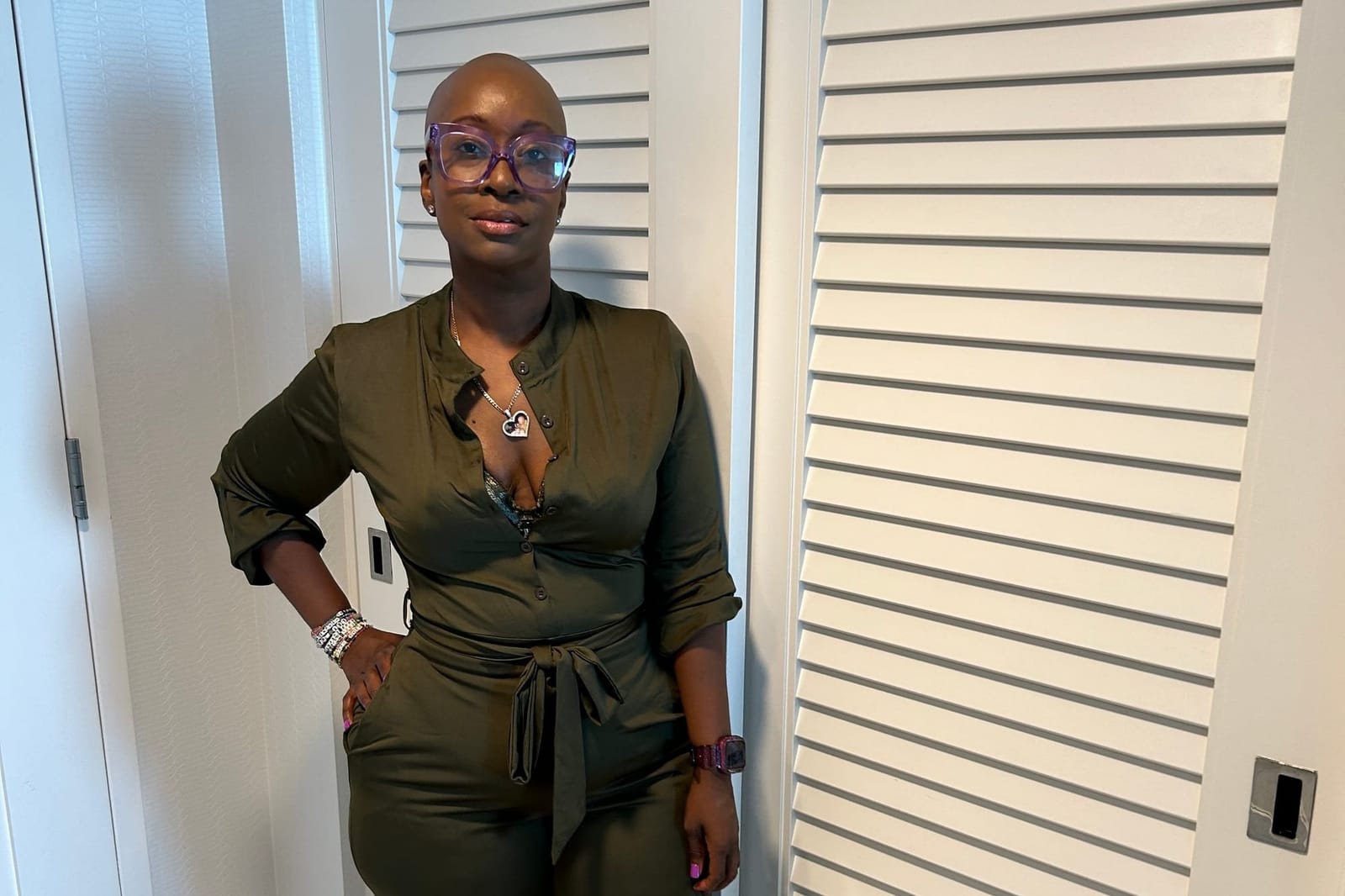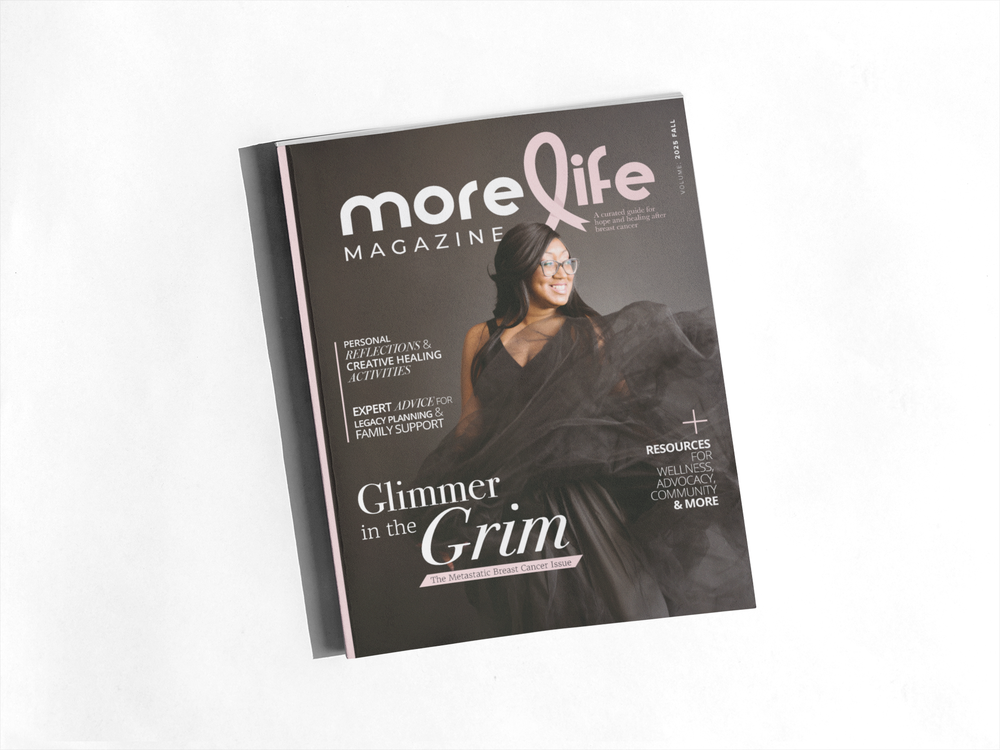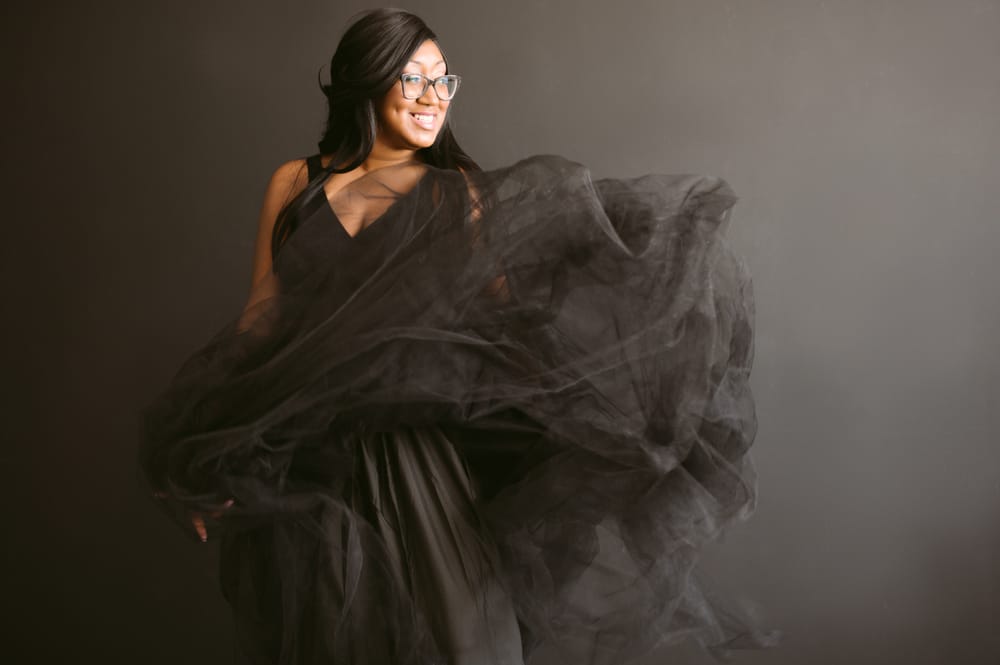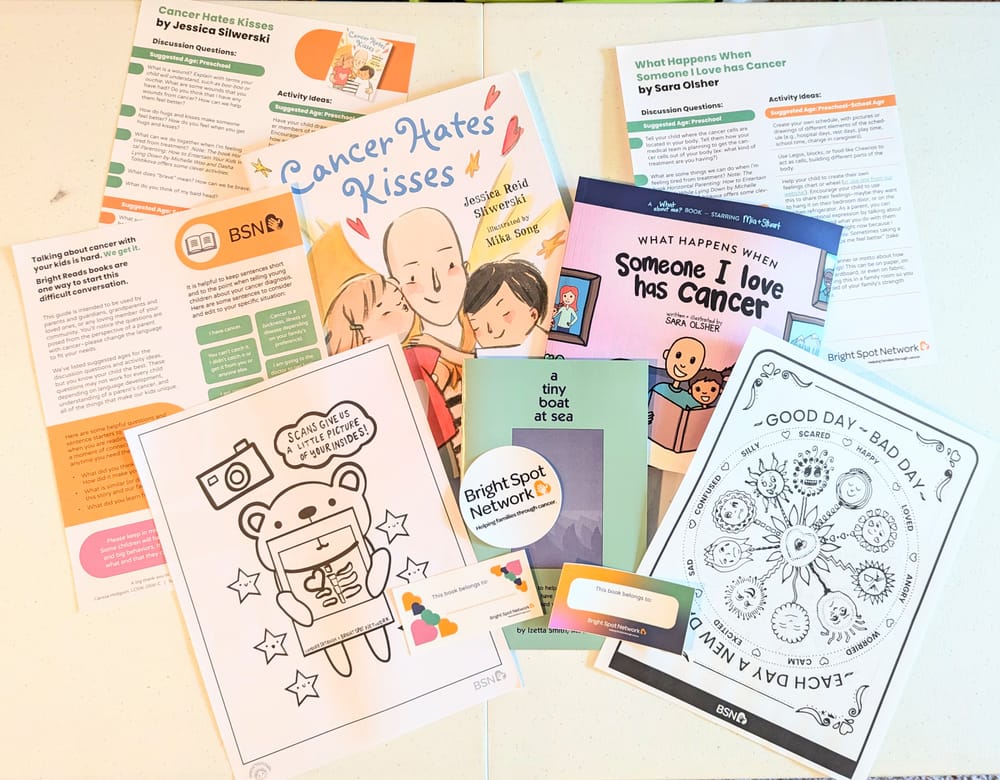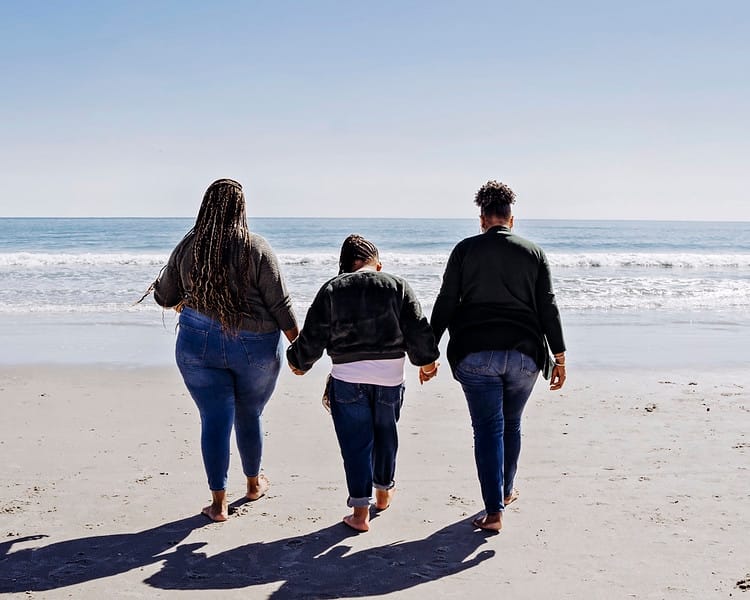By Michelle Anderson-Benjamin, MHA
“Don’t set yourself on fire trying to keep others warm.” —Penny Reid
We often pour into others without hesitation, rarely pausing to pour into ourselves. Many of us live exhausted lives—pleasing people, saving the world, and putting everyone else first. We burn out trying to hold everything together, and then feel crushed when no one shows up to hold us. We take pride in being the dependable one, so much so that we dim our own light to make others more comfortable.
So what happens when, after years of that, you’re suddenly facing your own mortality?
I was 36 when I was first diagnosed with Stage I breast cancer—“curable,” they said. But two years later, at 38, it became Stage IV. Just like that, my story changed. The language changed. The goal changed.
Now it was about quality of life—finding the right treatment just to keep me here. Thoughts of death started to race through my head, along with the fear of leaving behind the people I love.
The truth is, death is universal. It's a part of all our lives, yet so many still avoid talking about it. Even saying the word can make people flinch. “We don’t discuss that,” they’ll say. And then it’s brushed under the rug.
But when you live with an illness that puts a target on your back—something that reminds you daily that you’re living on borrowed time—you come to realize something deeper:
We’re all living on borrowed time. And cancer doesn’t have to be my cause of death.
Every day I wake up, I remind myself: My existence is intentional. My purpose still matters. I was created for a reason. And as long as I’m breathing, it is not my time—so I choose to LIVE.
In a world where it's easy to offer excuses for why you can’t, challenge yourself to find all the reasons why you can. Life doesn’t happen to us—it shapes us. Every experience, good or bad, plays a role in discovering our greatness.
I often reflect on what I’ve accomplished since my diagnosis, and I smile—because I genuinely love this version of myself. To witness the woman I continue becoming... the masterpiece my ancestors dreamed about… the Queen my father always told me I was… the light in my children’s eyes when they see their mother standing in front of crowds, touching souls, simply by being herself— That’s a legacy.
I’m finally living my life my way, and on my terms.
Cancer may have taken a lot from me—but the woman it shaped? She loves herself deeply, scars and all. Her confidence is at an all-time high. She knows she’s one of the sexiest bald women alive. And unless she says it out loud, no one would ever guess her diagnosis is terminal—because she radiates strength and joy, and takes pride in looking half her age.
She is the true definition of unapologetically living her legacy.
She refuses to let cancer be the end of her story. She is me.
I am Michelle Anderson-Benjamin—The Fearless Warrior. The sexy, bald superhero with a pink cape. And my legacy is NOW.
4 Tips for Discovering Your Legacy
1. Let your cup overflow before pouring into others.
2. Never be afraid of your dreams—live them out loud.
3. The only one who can stop you… is YOU.
4. Remind yourself daily of your superpowers.
Your legacy isn’t just what you leave behind — it’s what you live out loud, right now. Here are a few ways to start shaping it intentionally:
- Write a “living letter” to someone you love. It can be short and simple — a few sentences they’ll treasure forever.
- Record a voice memo or video diary sharing your story in your own words. No script needed — just you, speaking your truth.
- Consider hosting a living funeral or invite loved ones to write letters for you to cherish, so you can hear what you mean to them while you’re here.
- Create a joy list. Write down 10 things that make you feel most like you. Then go do one this week.
- Design your “legacy mantra.” Choose a phrase or affirmation that defines how you want to be remembered — and start living by it now.
- Build a memory box or digital folder. Add poems, photos, quotes, recipes, voice notes — whatever feels like you.
- Ask a friend to sit with you and do end of life planning for both of you, as diagnosis or none, we all need to have end of life plans in place. They are a gift to ourselves, allowing peace of mind and freedom to live; they are also a gift to our loved ones, guiding them as they care for us when we can no longer care for ourselves.
Your legacy is not later. It’s not someday. It’s now.
